Meet the Wombat – Australia’s Adorable Engineer That Poops Cubes
Meet the Wombat
Wombats are sturdy, secretive marsupials from Australia with a surprising claim to fame: they poop cubes. But that’s not all that makes these burrow-loving creatures fascinating. With powerful claws, backward-facing pouches, and a unique approach to survival, wombats are quietly brilliant. Let’s dig in and discover what makes these chunky little diggers so special!
Species of Wombat
Here are the three known species of wombat:
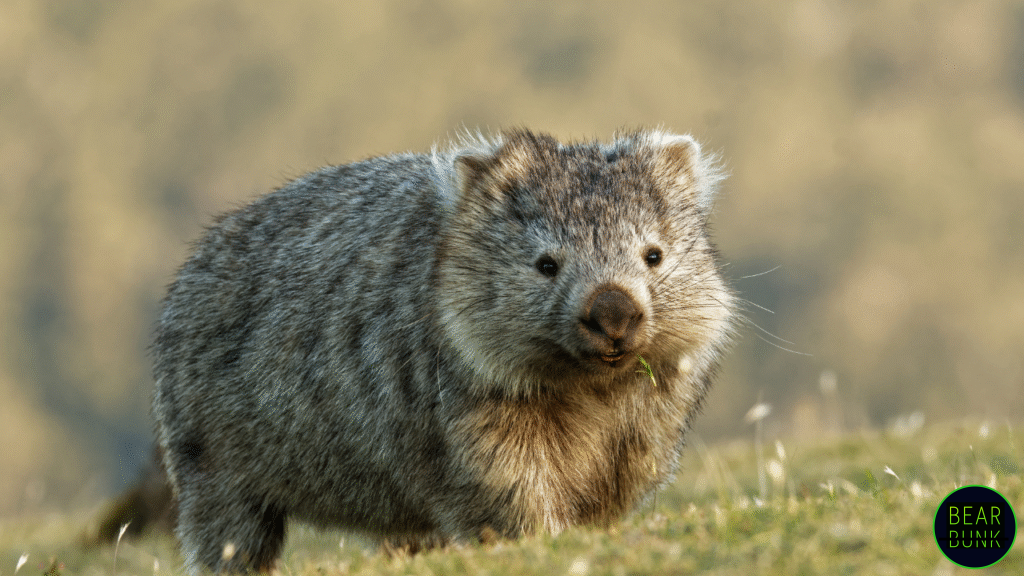
Common Wombat (Vombatus ursinus)
Found in forested, mountainous areas of southeastern Australia and Tasmania, the common wombat has coarse fur and a more solitary nature than its cousins.
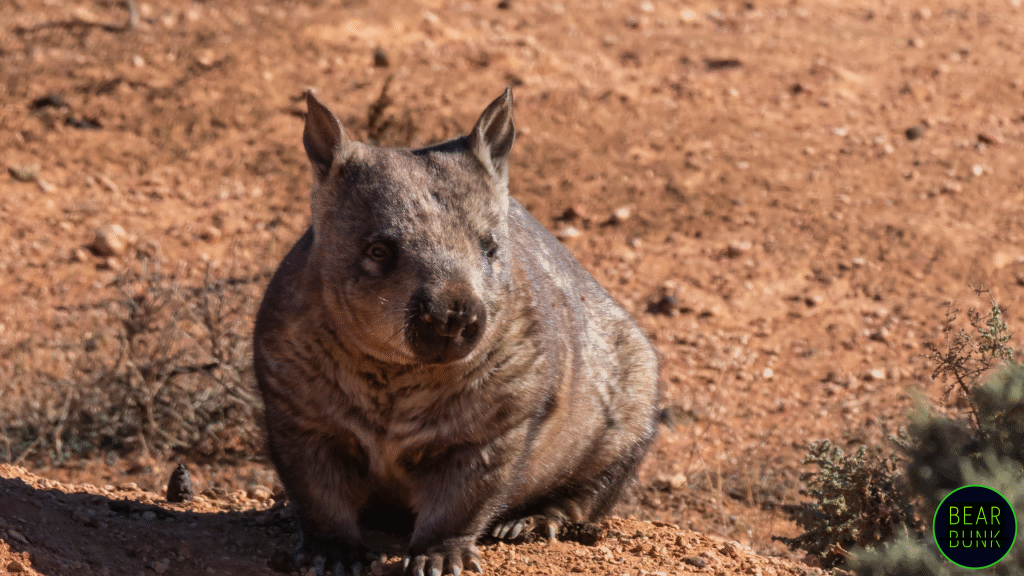
Southern Hairy-Nosed Wombat (Lasiorhinus latifrons)
Native to arid southern Australia, this species is known for living in large colonies with complex burrow systems.
Northern Hairy-Nosed Wombat (Lasiorhinus krefftii)
Critically endangered, this species is found only in a small protected area of Queensland. It has a broad nose and silky fur.
Habitat
Wombats live in forested, mountainous, and arid regions of Australia and Tasmania. They’re expert diggers, creating extensive burrows with multiple entrances and sleeping chambers. These burrows offer protection from predators and help regulate their body temperature in extreme weather.
Diet
Wombats are herbivores. They graze primarily on grasses, roots, bark, and shrubs. Their tough, ever-growing teeth are perfectly adapted to grind fibrous plants. With a slow metabolism, it can take up to 14 days to fully digest a meal!
Share On Social:
Mating & Raising Young
As marsupials, wombats give birth to underdeveloped young that crawl into the mother’s backward-facing pouch (which keeps dirt out while she digs!). The baby, called a joey, remains in the pouch for about 5–6 months, then stays close to mom until it’s fully weaned.
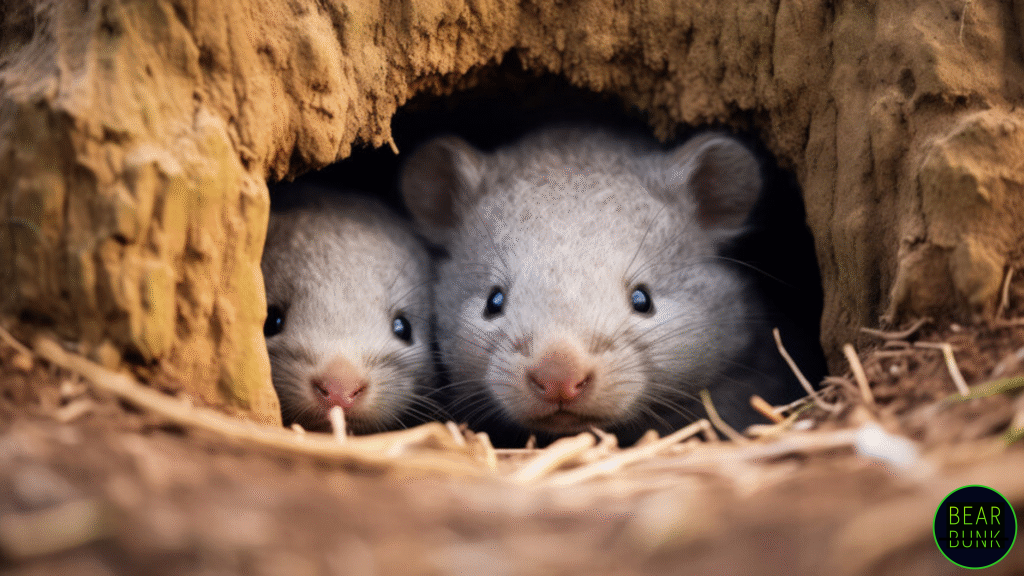
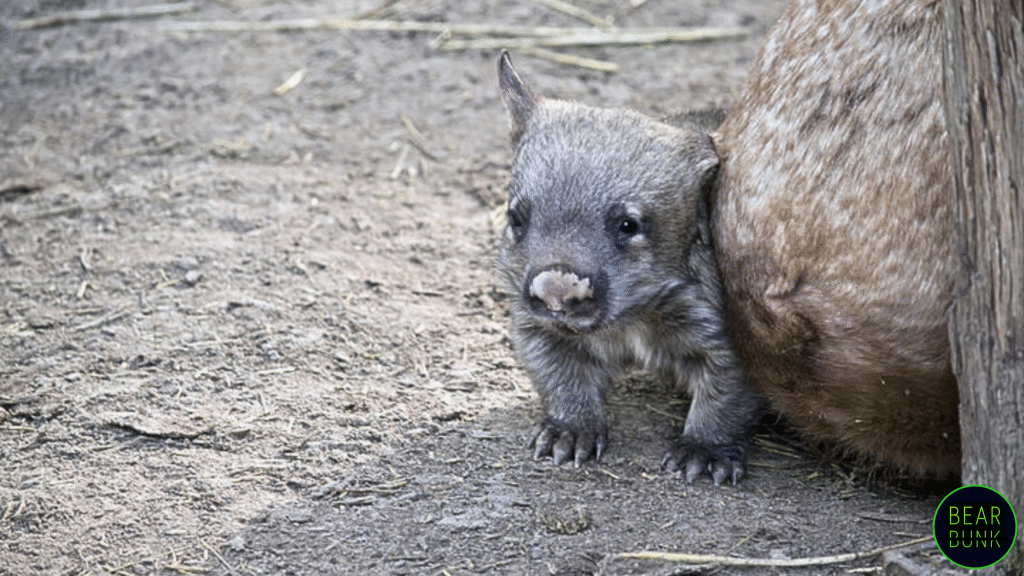
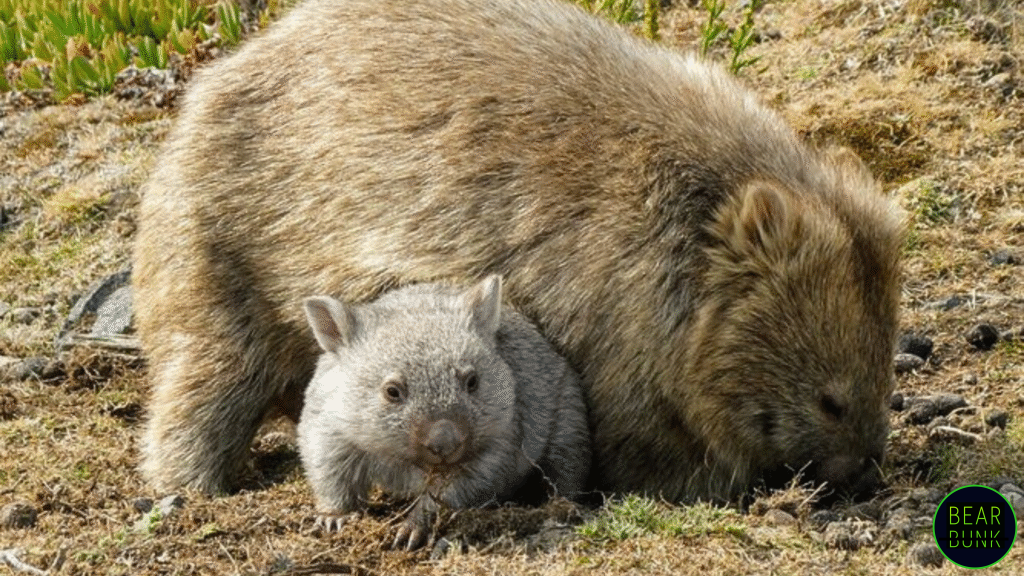
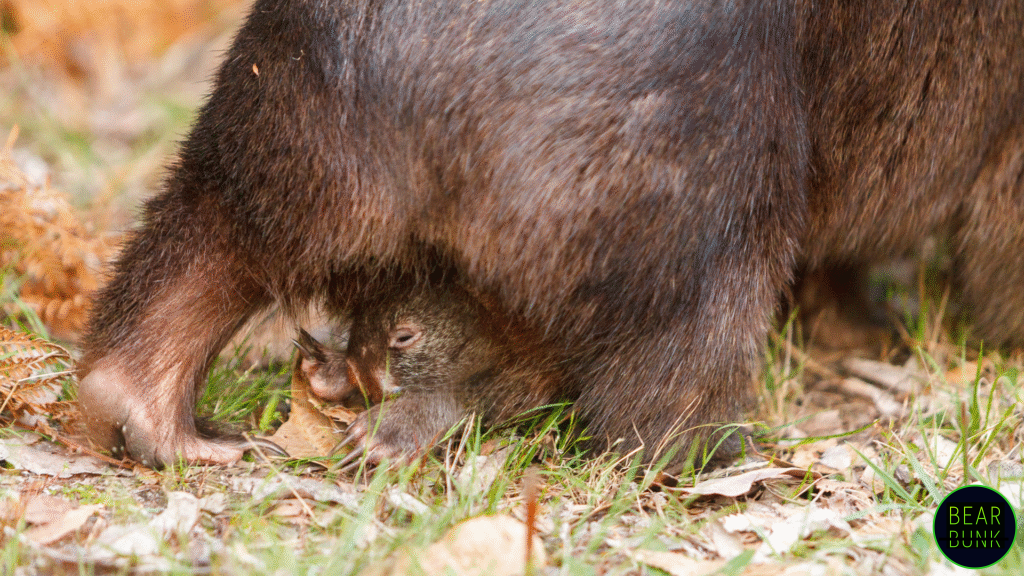
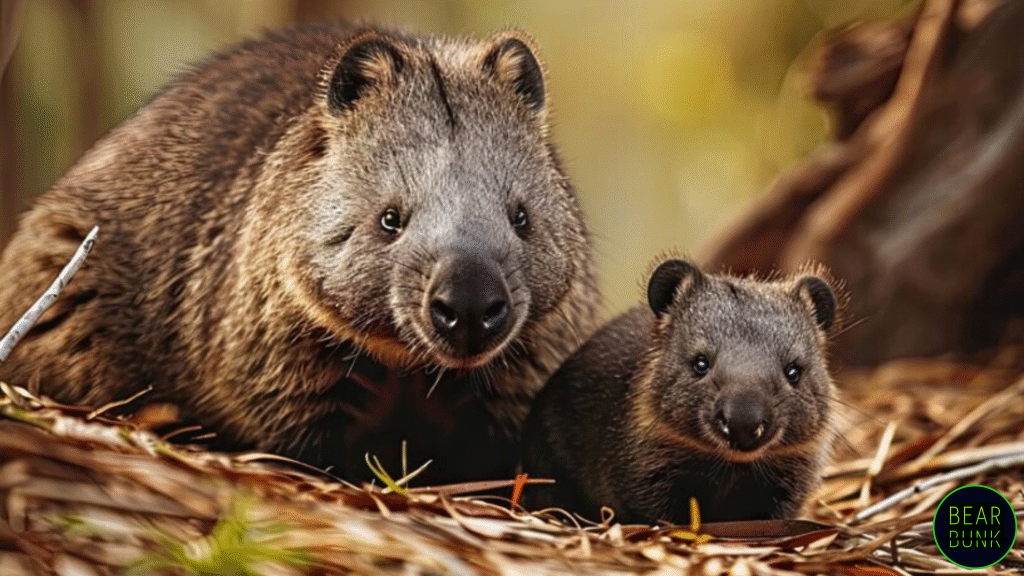
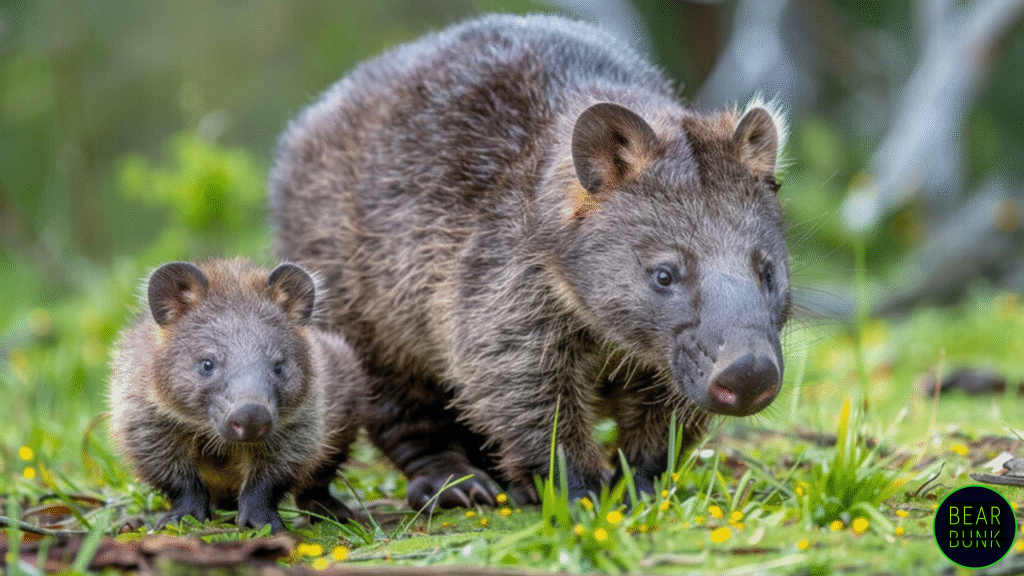
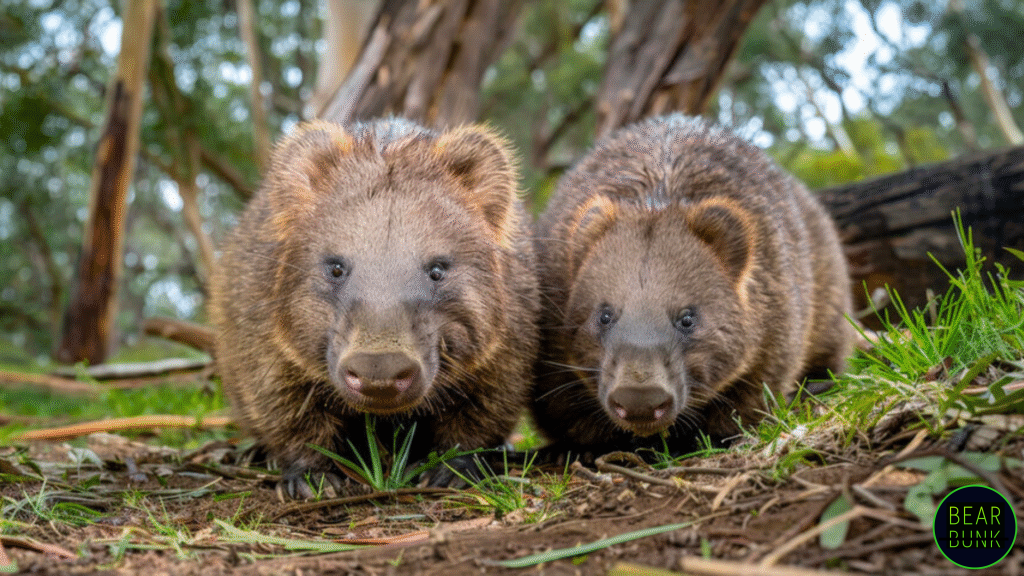
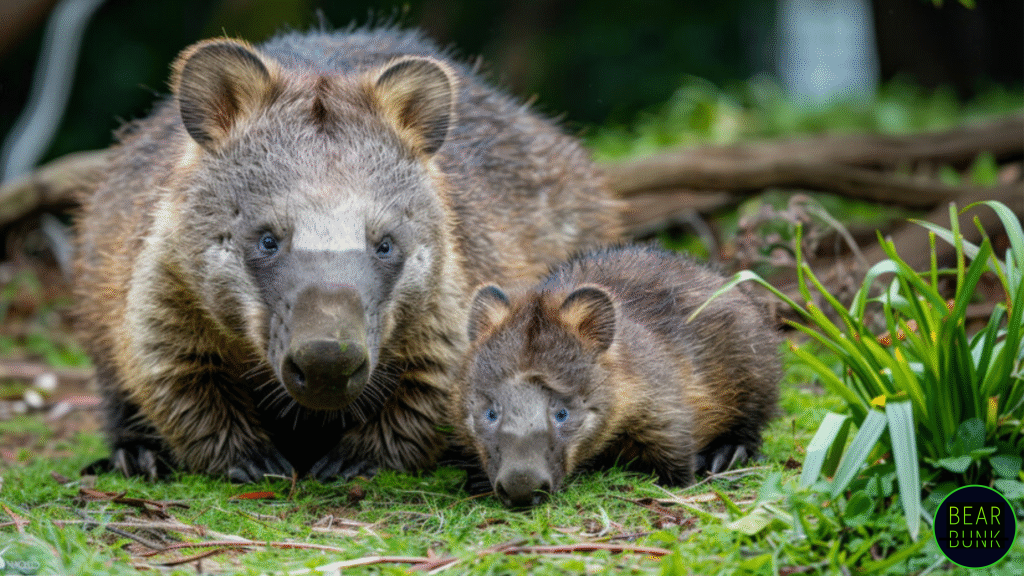
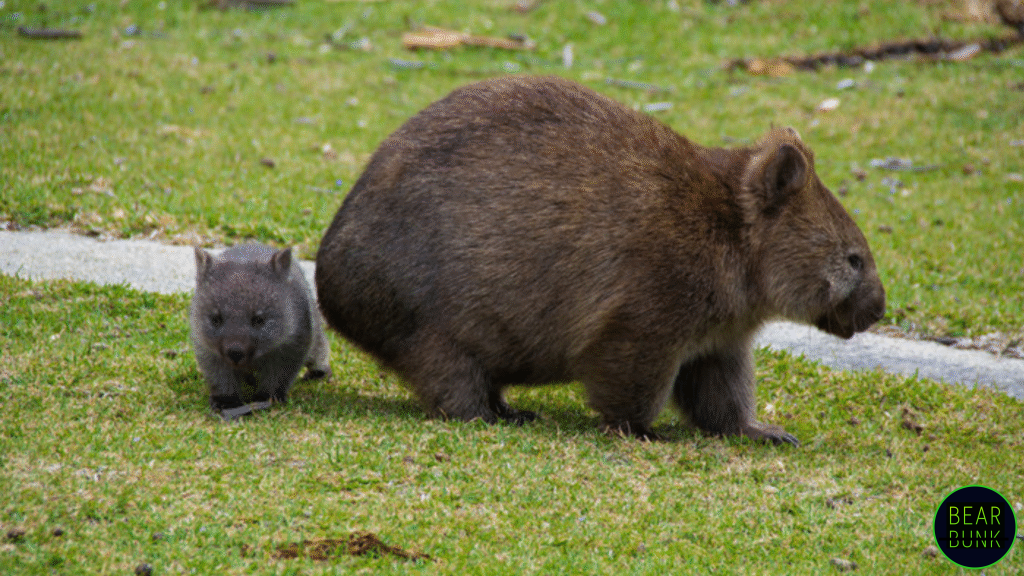
Fun Facts
- Square poop alert! Wombats produce cube-shaped droppings to mark territory. The shape helps prevent the poop from rolling away.
- Tough butts! Their rear ends are made of cartilage and act as a defense shield when hiding in burrows.
- Silent survivalists: Wombats are mostly nocturnal and rely on stealth over speed, though they can run up to 25 mph for short bursts if threatened.
- Burrow architects: A single wombat may dig multiple burrows, some with over 100 feet of tunnels!
About Wombats
Scientific Family: Vombatidae
Number of Species: 3 (Common Wombat, Northern Hairy-nosed Wombat, Southern Hairy-nosed Wombat)
Habitat: Forests, grasslands, and eucalyptus woodlands of Australia
Diet: Herbivore – grasses, roots, bark, herbs
Lifespan: 5–15 years in the wild (up to 20+ in captivity)
Unique Traits: Cube-shaped poop, backwards-facing pouch, powerful burrowers
Social Structure: Mostly solitary; each has its own burrow or warren
Fun Fact: Wombats produce cube-shaped poop—scientists believe this helps prevent it from rolling off the rocks they use to mark territory!
Why We Love Them
Emus are a wonderful reminder that birds come in all shapes, sizes, and personalities. They’re goofy, curious, and surprisingly tough. Their booming sounds and powerful legs give them an edge in the wild, while their parental dedication makes them downright admirable.
From their quirky shape to their underground lifestyle, wombats are a perfect blend of tough and adorable. We admire their resilience, their clever adaptations, and yes — their signature square poop. Wombats remind us that sometimes the most surprising creatures are the ones doing the quietest work.
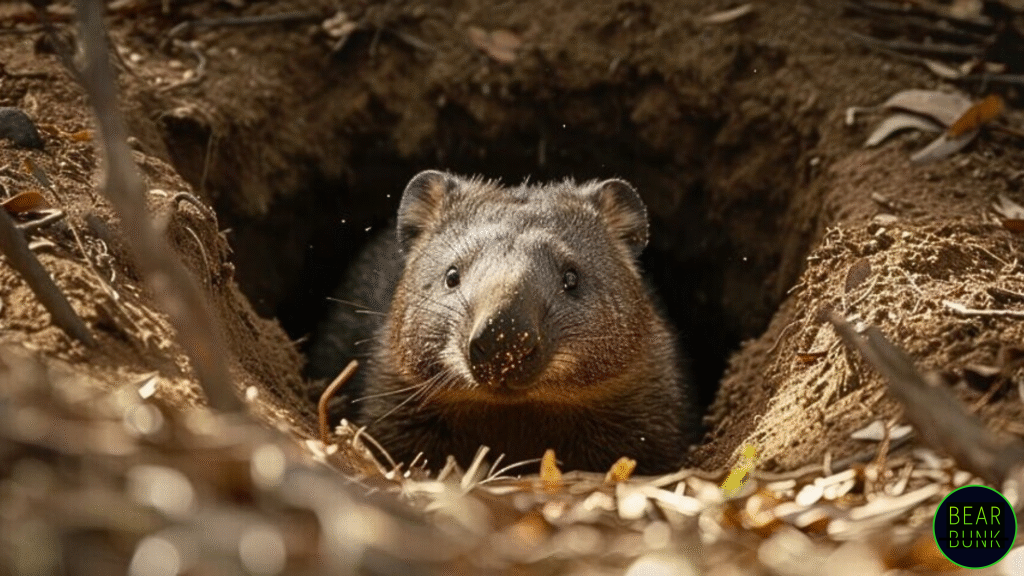
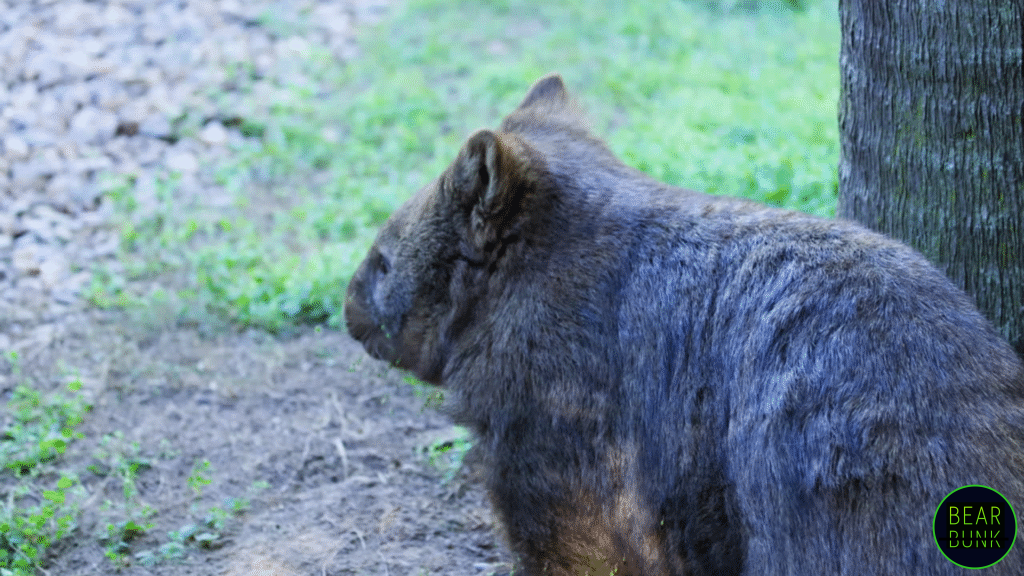
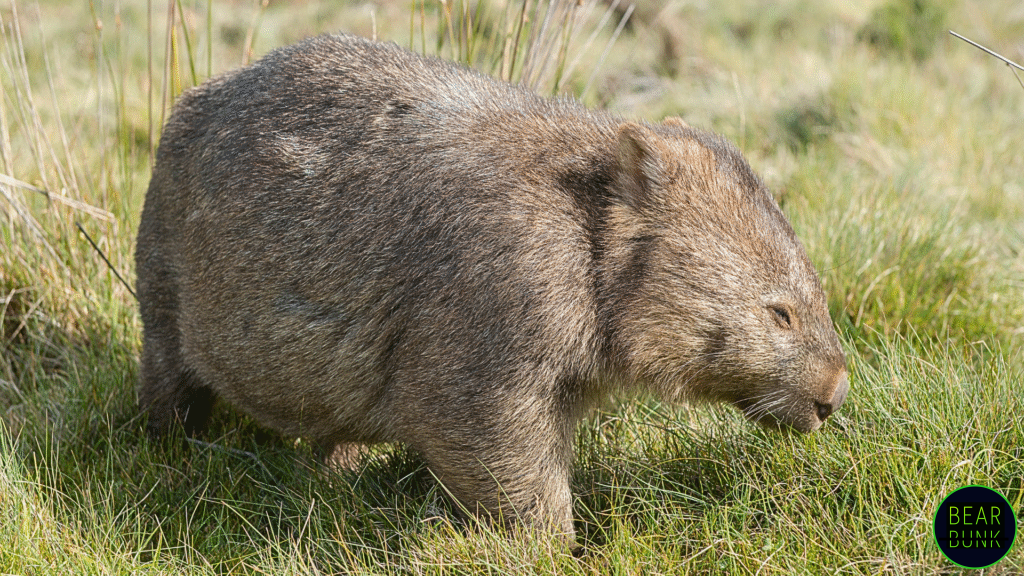
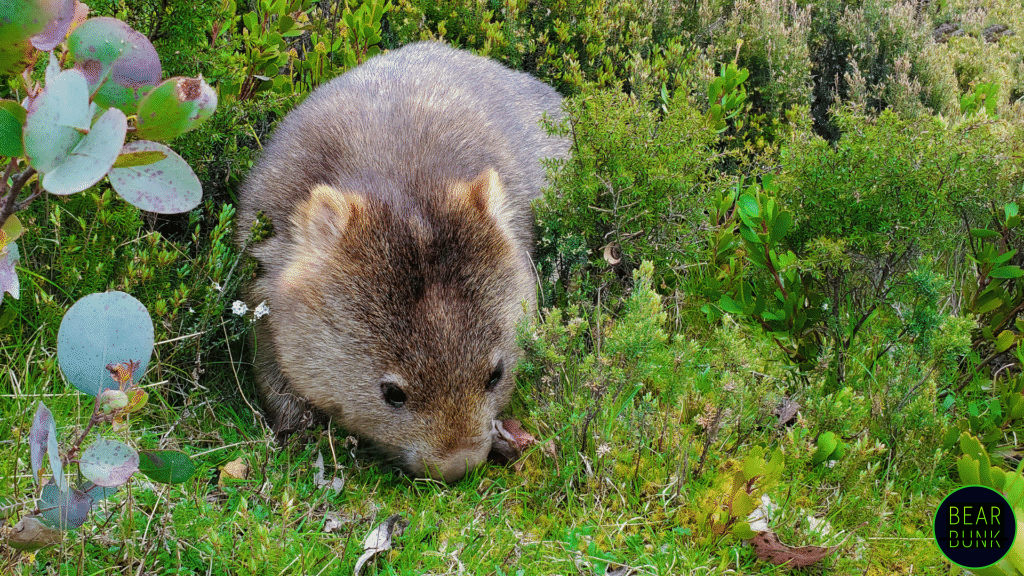
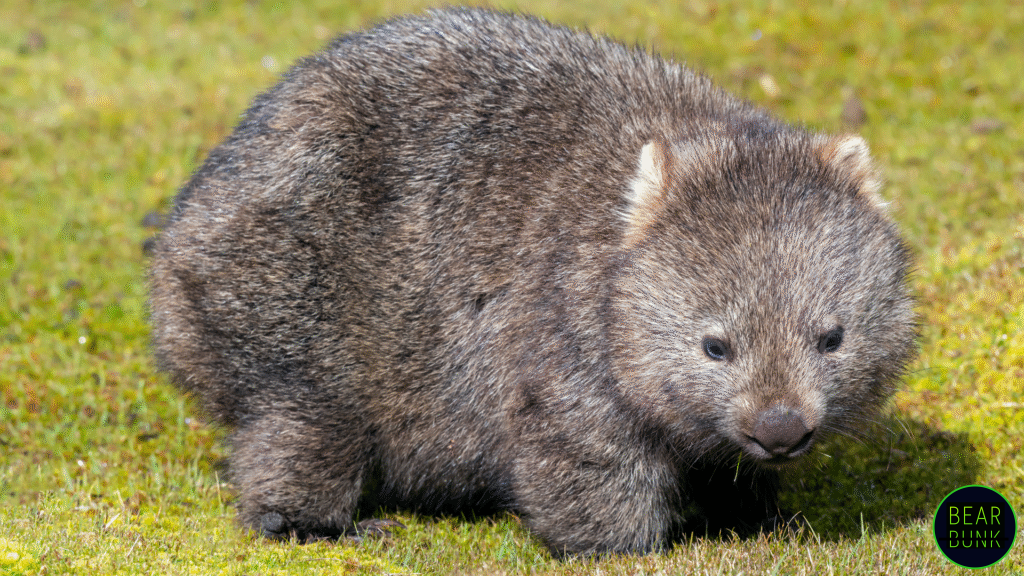
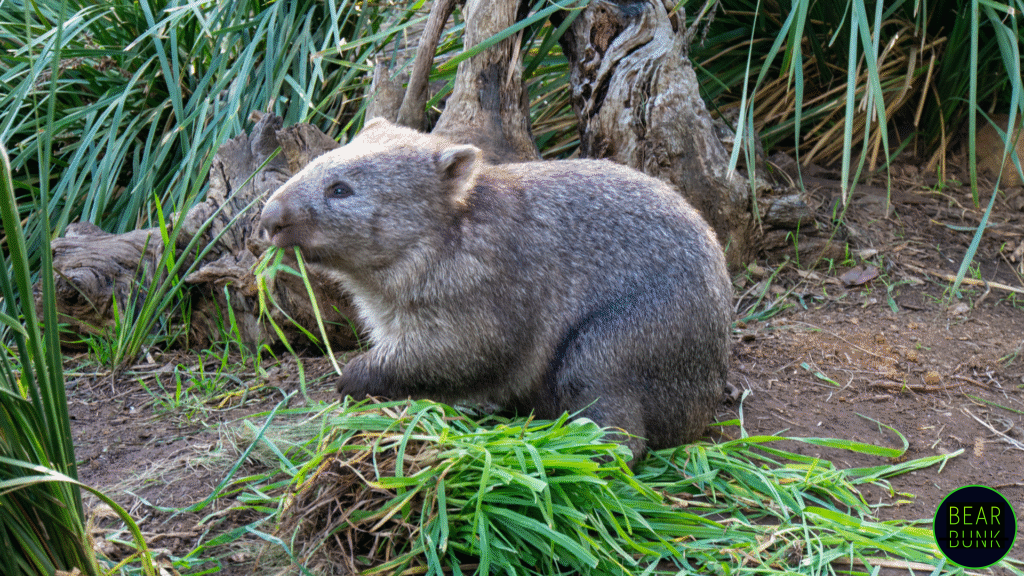
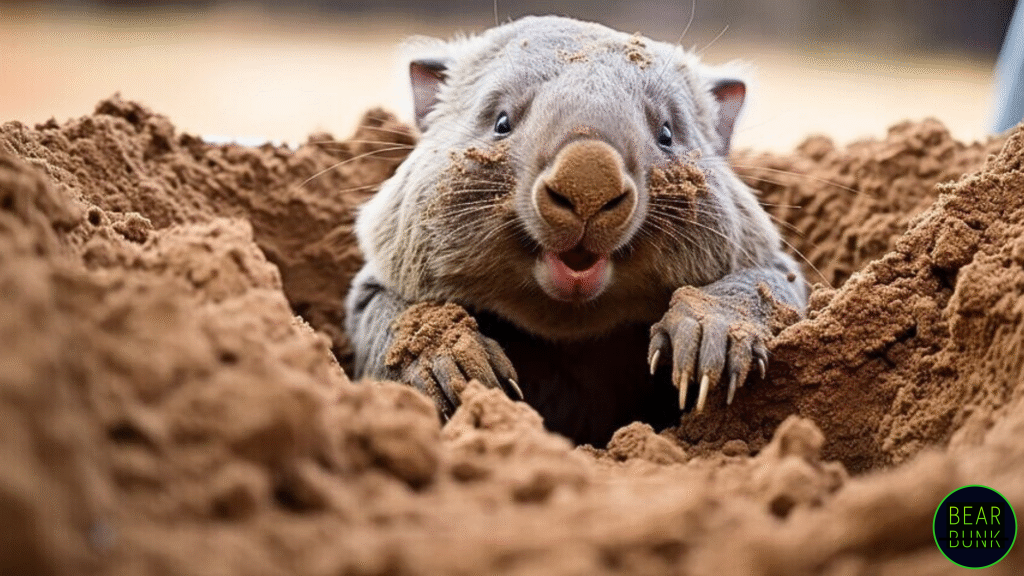
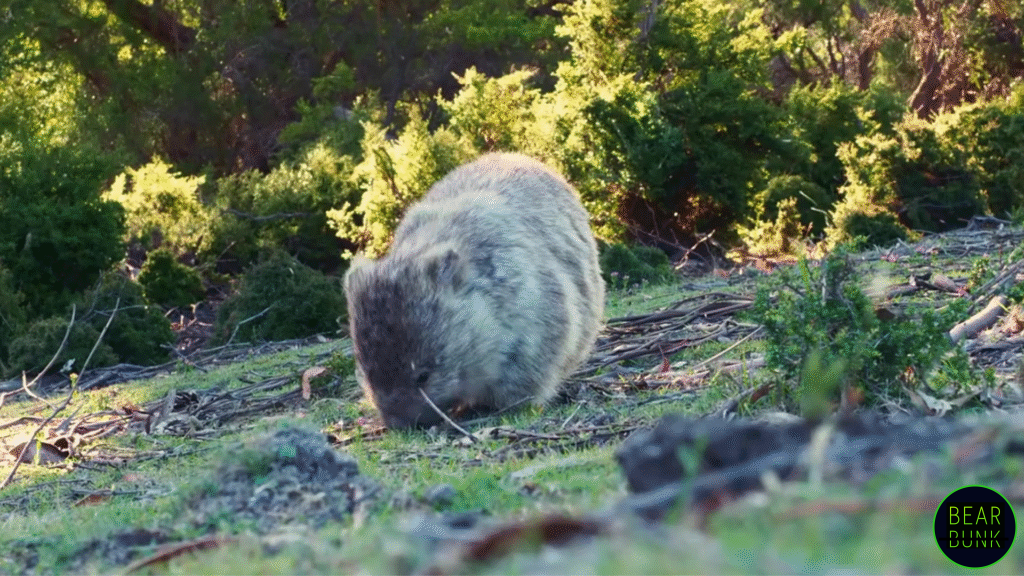
Conclusion
Wombats might look like chunky little furballs, but these Aussie diggers are full of surprises—from cube-shaped poop to backward pouches and bulldozer-like strength. Whether they’re waddling through the brush or snoozing in a burrow, wombats are fascinating reminders of just how wonderfully weird and wildly creative nature (and our Creator!) can be.
If you loved learning about wombats, don’t forget to check out our full video and share the fun with your favorite animal lover. 🐾
🪿 Pin this post, share it with a friend, or leave us a comment!
Every share helps spread awareness and appreciation for the incredible creatures we share this planet with.
Watch the Video on YouTube:
Meet the Wombat – Australia’s Adorable Engineer That Poops Cubes
Learn more about:
Mammals, Grasslands Animals and Australian Wildlife

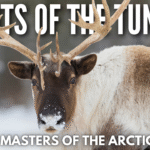

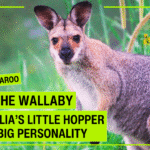

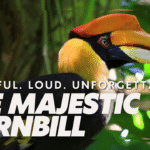
Leave a Reply